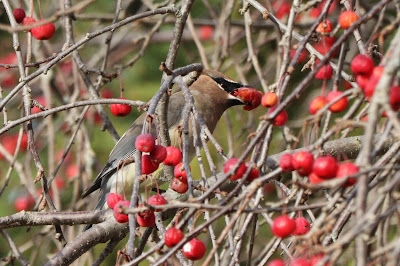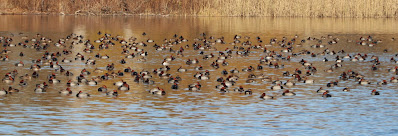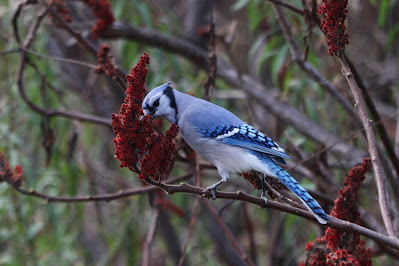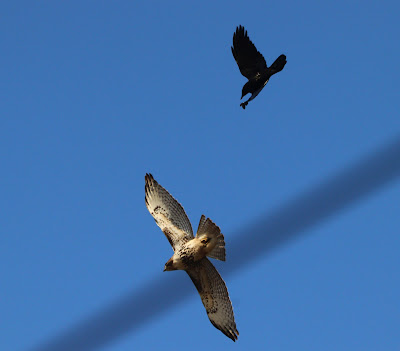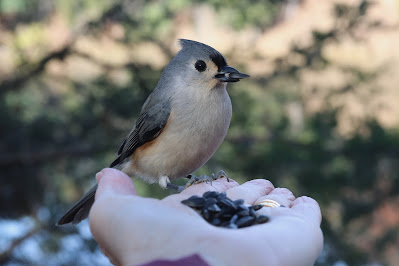A New Backyard Bird!
No, we don't have a lake in our backyard. Lake Chipican, as the crow flies, is only a few hundred meters from our house. The first year Mute Swan that has been hanging out in Canatara Park decided to vacate the area with the arrival of ice formation on Monday. Deryl was in our yard when it circled over our house on its way south.
Upon returning home from my morning walk, I was welcomed by a flock of European Starlings. They typically look black, but in good light their iridescent, white tipped feathers, are quite striking in the winter months. I had planned on filling the birdfeeder but postponed my plans until this flock of 200 birds had moved on.
European Starlings are extremely aggressive birds that drive other species from nest sites. Among the species they've chased off are Wood Ducks, Buffleheads, Northern Flickers, Great Crested Flycatchers, Tree Swallows and Eastern Bluebirds. They are twice the size of a House Sparrow, but smaller than an American Robin.
https://www.allaboutbirds.org/guide/European_Starling/lifehistoryI always enjoy it when a Tufted Titmouse visits our backyard feeder. They are acrobatic foragers that often flock with chickadees, nuthatches and woodpeckers. They are regular visitors to bird feeders where they can be assertive over smaller birds.
https://www.allaboutbirds.org/guide/Tufted_Titmouse/id









